-
Welcome to Tundras.com!
You are currently viewing as a guest! To get full-access, you need to register for a FREE account.
As a registered member, you’ll be able to:- Participate in all Tundra discussion topics
- Transfer over your build thread from a different forum to this one
- Communicate privately with other Tundra owners from around the world
- Post your own photos in our Members Gallery
- Access all special features of the site
2WD AC V8 Leveling Options
Discussion in '1st Gen Tundras (2000-2006)' started by Whatsa347, May 23, 2024.


 Front Differential Fluid/Transfer Case Fluid
Front Differential Fluid/Transfer Case Fluid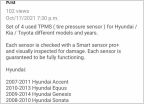 TPMS different 05 to 06?
TPMS different 05 to 06?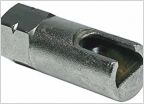 2005 Tundra Limited Shudder
2005 Tundra Limited Shudder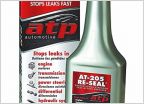 Timing belt
Timing belt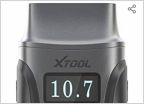 In need of a proper diagnostic tool!!!
In need of a proper diagnostic tool!!!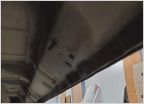 AMP Powersteps on FGT Double Cab
AMP Powersteps on FGT Double Cab














































































